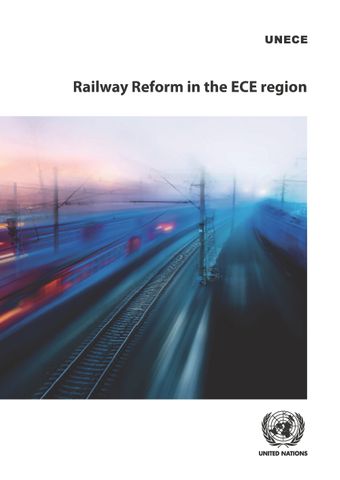History of railway reform

- Author: United Nations
- Main Title: Railway Reform in the ECE Region , pp 3-19
- Publication Date: March 2018
- DOI: https://doi.org/10.18356/f4672f42-en
- Language: English
Historically, most European railways were managed as vertically integrated state-owned monopolies, which were responsible for the direct provision of public services, ownership of infrastructure and utilities and often, other non-rail activities (Community of European Railway and Infrastructure Companies — CER, 2011). A decline in rail market shares and financial difficulties — leading to growing public funding requirements — called for change. From the beginning of the 1990s, a profound restructuring process has taken place, with the aim to promote gradual market opening through nondiscriminatory access and interoperability standards and the goal of reversing the industry’s negative traffic trends and, in some cases, inefficient operations.
-
From This Site
/content/books/9789213631171c007dcterms_title,dcterms_subject,pub_keyword-contentType:Journal -contentType:Contributor -contentType:Concept -contentType:Institution105

